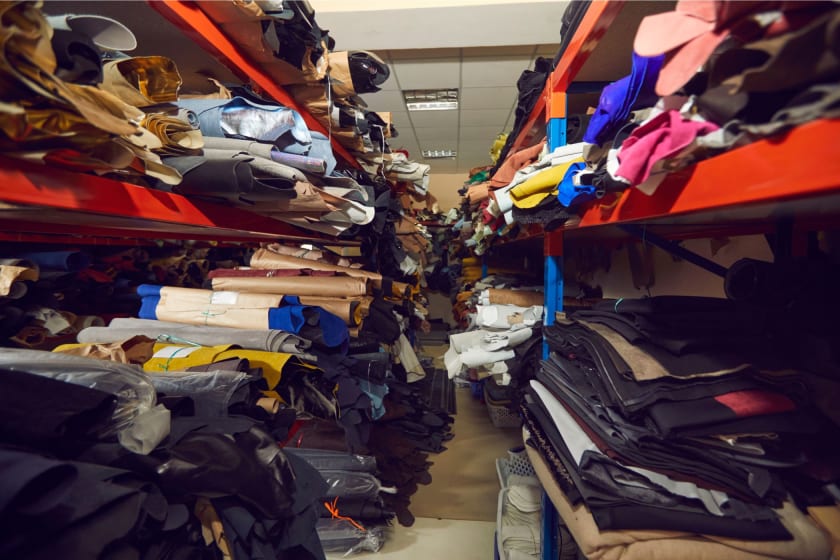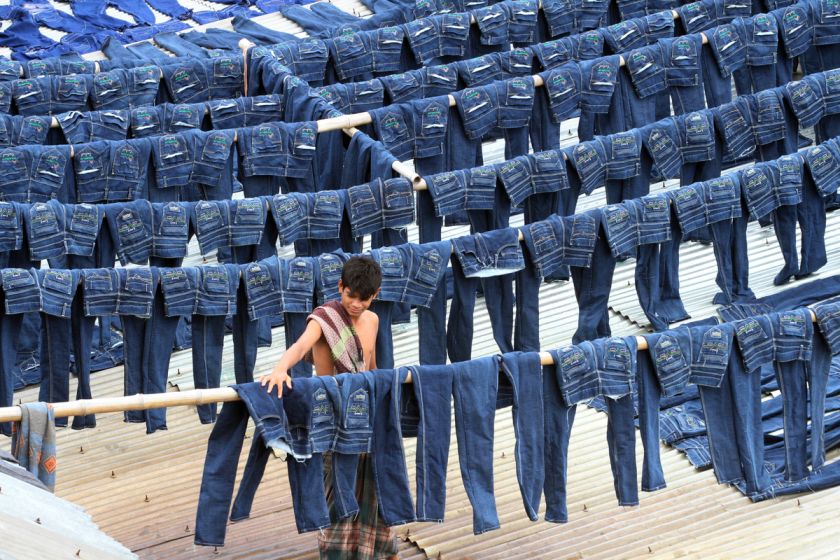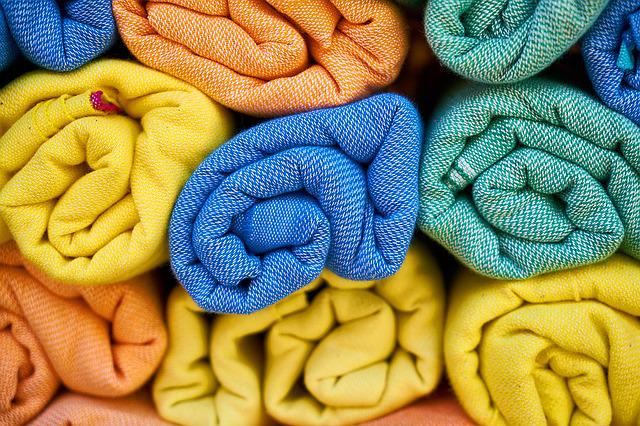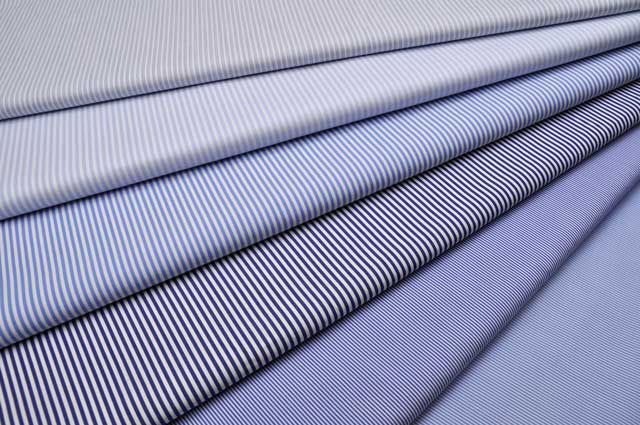Five Things to Know As a Manufacturer of Export Surplus Garments



People who want to wear branded apparel but don't want to burn a hole in their pockets might choose to export surplus garments. Every Indian city has at least one vibrant, pulsating roadside or sidewalk shop. These have kiosks filled with trendy-looking clothing, many of which bear unexpectedly recognized global names. India's 'export surplus' markets have been assuring that young people can genuinely buy stylish items at affordable costs. India's massive textiles and clothing sector, worth more than $100 billion and employing over 45 million people, provides for about 14 percent of exports and also more than a 1/4 of foreign exchange revenues. After agriculture, it is the second biggest employment industry. The garment sector alone provides for more than 12 million employment and a significant portion of exports.
What does export surplus garments mean?
Generally, these clothing are created for export to other countries. To provide for any unforeseen circumstances, clothing manufacturers produce an additional quantity (about 3 to 5 percent) than the order. This extra stock is still held by the clothing export businesses. These clothes are sold as export surplus garments on the domestic market. Approximately 5% more than the quantity necessary to fulfill the export cargo is manufactured by manufacturers producing branded apparel. After a whole cargo is dispatched, the remaining branded clothing is normally left with the manufacturing businesses, who have the freedom to offer the same to retailers for sale in open markets. The majority of factories sell their excess product at extremely low costs as compared to the true pricing.
Over the last year, the country has seen a surge in the number of retail establishments offering branded items at factory prices or selling branded products export surplus. The Indian textile sector accounts for 7% of industrial production (in value terms) and around 15% of India's export revenues. Textile and clothing trade accounted for 5.38 percent of India's overall trade in 2019-20. This is due to the fact that export surplus garment manufacturing can be lucrative. Here’s how a business benefits from the export surplus garment business -
How can a business benefit from export surplus garments?
Several firms have now allowed the production units with leftover clothing full rein to utilize the corporate tags and sell them to shops. Instead of holding on to massive piles of stock, corporations now quickly provide the same at manufacturing cost in order to reduce their own loss. Meanwhile, retailers have the benefit of selling these branded items at "factory outlet rates," which are often lower, and in some cases significantly cheaper, than the cost at which the firm sells identical garments at its outlets. Customers are drawn to these stores because they provide "branded export overstock." This also saves retailers the time and effort of registering for franchises to sell branded merchandise.
What are the major causes for the surplus garments?

There might be a variety of different causes for the origin of excess clothing, such as shipment cancellations, rejections due to quality/defects, and size ratio mismatches. Given below are a few common causes for the excess garments:
- Typically, clothing manufacturers create more clothes than the number of orders they get from their consumers. As a result, clothing companies get excess clothes.
- Buyers will not accept garments with minor flaws or poor sewing quality.
- After being repaired, damaged garments are sold as surplus.
- Sometimes the cloth quality does not fit the buyer's fabric criteria, yet companies continue to produce clothes using unapproved fabric.
- Sometimes the design of the printing and stitching does not match the planned pattern. Garments created from that cloth are rejected and considered excess.
- The buyer canceled the cargo owing to a shipment delivery delay, a serious quality fault, or an inability to get regulatory approvals.
Although the export surplus garments can be beneficial for both the customer and the manufacturers, there are a few factors that can affect the business significantly. Several legal formalities should be aligned with the business operations. Taxations and rules related to export surplus garment sales should be known by the manufacturers in order to continue with smooth business operations without any obstacles.
Here are the five things to know as a manufacturer of export surplus garments -

1. Overcoming business challenges- The biggest issue with exporting excess clothes is that in circumstances of real export surplus, clients sometimes have difficulty finding a size that fits their body type. Because many of these clothes reach the market after being rejected during quality control tests, the majority of these garments lack the correct size and color ratio. Make certain that you are providing the best possible service to your consumers by examining your inventory and, if necessary, making modifications that may need some of your extra expenditure. However, in the long run, customer-centric manufacturers are destined to prosper in this area.
2. Be ethical towards your business - One important issue that goes unnoticed by regulators and customers in the case of export excess is that an increasing number of merchants are resorting to placing phony tags on items made locally and selling them under the guise of branded export surplus. The smallest alteration in the corporate logo or hologram allows them to earn more money. So, in order to get the trust of your clients, make your business authentic and ensure only genuine products are manufactured.
3. Be informed about the legal aspects - Export surplus from the company is not legal; the manufacturer must receive a NOC from the franchise owner in order to sell the extra output; some brands permit this, but these must be sold minus MRP tags and other business tags. In order to sell it legitimately, the factory or supplier must receive a release letter from the brand stating that the authority to sell surplus merchandise via non-regular distribution networks has been given.
4. Ensure timely quality check - Branded clothing entices young people. They are increasingly gravitating toward branded export surplus since it supplies them with branded apparel and saves them money. On the other hand, poor quality may have a significant influence on fabrics sales and your company's entire reputation. As a result, before delivering your items to clients, ensure that you have thorough quality checks in place.
5. Keep yourself updated on the latest trends - All of the preceding elements will be strengthened if you adhere to current fashion market trends. If you are ethical, if you give your consumers authentic and high-quality surplus garments while adhering to all laws, then considering this fifth point will help you build a loyal customer base for your company. Keep up with the latest fashion trends and provide your consumers with the latest fashion apparel to keep them hooked on your fashion items.
The key to effective company operations is being up to date on all business-related news and beating out the competition with well-planned tactics. Export surplus garments can be a highly demanding business if organized in the right manner. So, go ahead and research to know about the market well before partnering with an effective manufacturing firm to get the right products at the right time.
Endnotes -
Starting a business involves a significant amount of time, study, and expenditure. However, executing it correctly might help you lay a solid basis for your firm. This would necessitate the use of a manufacturing platform that can assist you in sourcing clothing from ethical producers. Fashinza can be your ideal fabric sourcing partner, connecting you with the top manufacturers and helping you grow your fashion business.


6 Tips To Optimize And Improve Your Manufacturing Process In the US
5 min read
3.1k views

How to buy the best Poplin clothes online?
5 min read
3.1k views

How To Source High-Quality Clothing For Your Clothing Line: A Blog Towards Helping People Get The Best Possible Clothes For Your Business
5 min read
3.6k views















